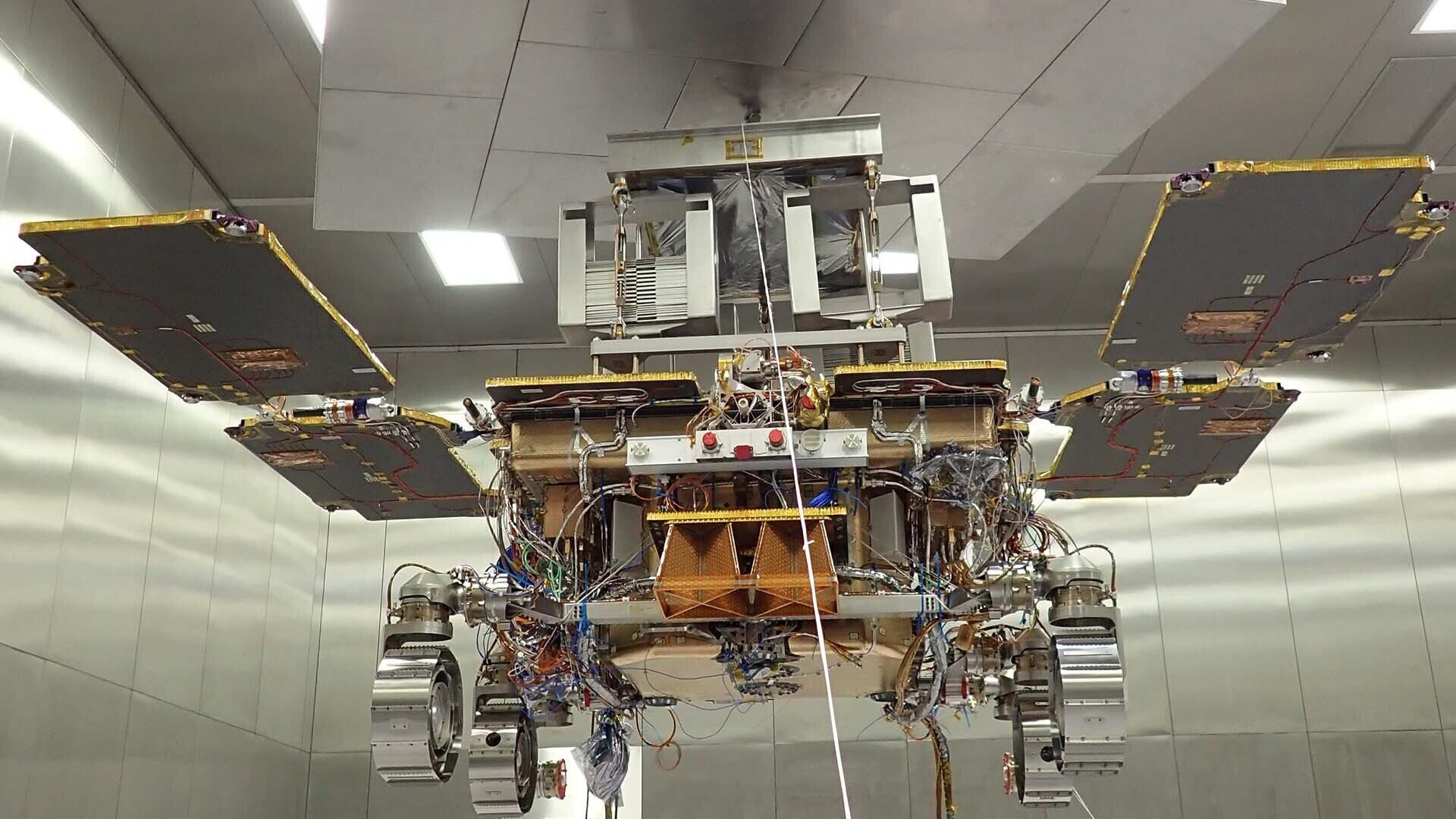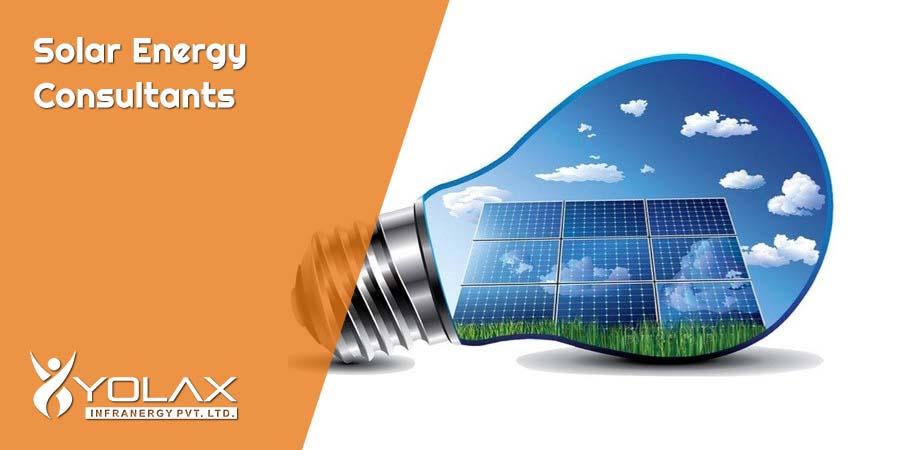In an era where the sun’s rays are harnessed not just for warmth but as a beacon of hope for a sustainable future, the conversation around solar energy has shifted from niche to necessity. Yet, as solar panels increasingly dot rooftops and fields, an intriguing debate emerges from the shadows: does the cost of solar truly justify its environmental impact? This discussion is more than just a balancing act of dollars and cents against carbon footprints; it’s a nuanced exploration of technology, economics, and ecology. In this article, we delve into the intricate tapestry of solar energy’s promise and price, unraveling whether its golden allure shines bright enough to offset the shadows it casts.
Examining the Economic Viability of Solar Energy
When evaluating the financial implications of adopting solar energy, several key factors come into play. Installation costs, though significant initially, have been steadily declining over the past decade, making solar panels more accessible to the average consumer. The decrease in technology costs is coupled with various government incentives and tax credits, which further reduce the economic burden. However, the true economic viability lies in the long-term savings on energy bills. By generating their own electricity, homeowners can drastically cut their monthly expenses, leading to a break-even point within several years, after which the savings contribute positively to their finances.
Beyond mere cost, the environmental benefits of solar energy offer an intangible yet profound value. Transitioning to solar power significantly reduces carbon footprints and dependence on fossil fuels, contributing to global efforts against climate change. The decision to invest in solar is not just a financial calculation but a commitment to sustainability. In this context, the environmental impact of solar energy becomes an invaluable asset that justifies its cost. While the upfront expenses may seem daunting, the promise of a cleaner future and the economic returns make solar a compelling choice for those looking to invest in both their financial and environmental future.
- Reduced installation costs
- Government incentives and tax credits
- Long-term savings on energy bills
- Decreased carbon footprint
- Commitment to sustainability

Understanding the Environmental Footprint of Solar Panels
The journey of a solar panel from raw material extraction to its operational lifespan is a complex one, laden with environmental nuances. Solar panels are often celebrated for their ability to produce clean energy, yet the environmental footprint they leave behind during manufacturing and disposal phases is less frequently discussed. The production process involves energy-intensive activities and the use of rare minerals, which can contribute to greenhouse gas emissions and habitat disruption. However, when balanced against the reduction in fossil fuel consumption and the substantial decrease in carbon emissions during their operational phase, the scales tip in favor of solar technology as a greener alternative.
- Material Extraction: Mining for silicon, cadmium, and other materials can disrupt ecosystems.
- Manufacturing: Energy-intensive processes can lead to carbon emissions.
- Transportation: Shipping panels worldwide adds to their carbon footprint.
- Disposal: End-of-life panels require careful recycling to manage waste.
Despite these concerns, innovations in recycling technologies and manufacturing efficiencies are continuously improving the sustainability of solar panels. The net environmental benefit remains positive, especially as advancements reduce the initial carbon cost of production. Understanding these impacts allows consumers and policymakers to make informed decisions, ensuring solar energy remains a cornerstone in the pursuit of a sustainable future.
Balancing Costs and Benefits for a Sustainable Future
When evaluating the financial implications of solar energy, it’s essential to weigh the initial investment against long-term gains and environmental advantages. Solar panels require upfront costs for installation and maintenance, but they offer a promising return on investment. As technology advances, these costs are gradually decreasing, making solar a more accessible option for households and businesses. On the environmental front, solar energy significantly reduces carbon emissions and reliance on fossil fuels, contributing to a healthier planet.
- Reduced energy bills: Over time, the savings on electricity can offset the initial costs.
- Tax incentives and rebates: Many governments offer financial incentives to encourage solar adoption.
- Increased property value: Homes equipped with solar panels often see a rise in market value.
While some argue that the manufacturing and disposal of solar panels have their own environmental footprint, the overall impact is considerably lower compared to conventional energy sources. As we strive for a sustainable future, the question isn’t just about the cost, but about the value solar energy adds to our ecosystem. A balanced approach, considering both economic and environmental factors, can guide us towards making informed decisions.

Strategic Recommendations for Green Investment
Investors seeking to balance profitability with environmental responsibility must carefully consider the deployment of funds into solar energy projects. To optimize returns while fostering sustainability, several strategic recommendations can be implemented:
- Prioritize Emerging Markets: Direct investments toward regions with abundant sunlight yet underdeveloped solar infrastructure. This approach not only taps into untapped potential but also accelerates the global transition to renewable energy.
- Embrace Technological Innovations: Focus on cutting-edge solar technologies that enhance efficiency and reduce costs. Advancements such as bifacial panels and perovskite solar cells promise to revolutionize the industry, making investments more sustainable and profitable.
- Integrate with Energy Storage Solutions: To address the intermittent nature of solar power, coupling investments with energy storage technologies is essential. This integration ensures a steady energy supply, maximizing both environmental and financial returns.
By implementing these strategies, investors can not only justify the cost of solar energy projects but also contribute significantly to mitigating their environmental impact, paving the way for a more sustainable future.
In Conclusion
In the ever-evolving dialogue between economics and ecology, the question of whether the cost of solar energy justifies its environmental impact remains a vibrant tapestry of perspectives and possibilities. As we stand at the crossroads of innovation and responsibility, solar power shines as both a beacon of hope and a mirror reflecting our commitment to sustainable progress. The intricate dance between financial feasibility and ecological stewardship invites us to look beyond the immediate horizon, challenging us to weigh today’s investments against tomorrow’s inheritances. Ultimately, the decision lies in our collective hands, shaping a legacy that balances the scales of cost and conscience. As the sun sets on this exploration, it leaves us with a lingering glow of curiosity, urging us to continue the conversation and light the way toward a brighter, more sustainable future.

































